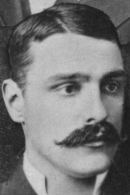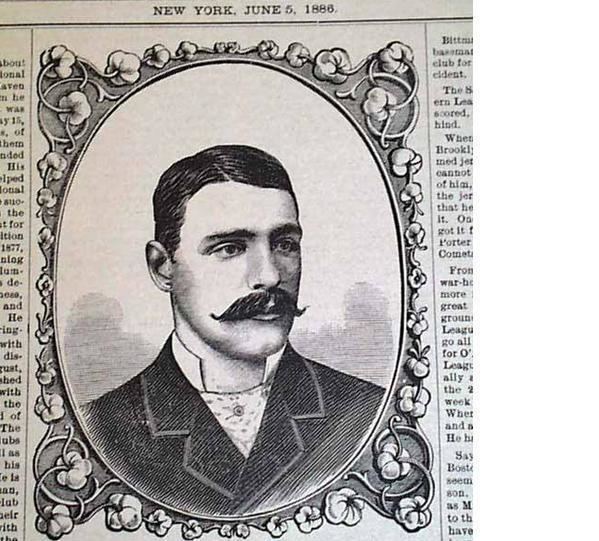Win–Loss record 112-68 Role Baseball player Name Fred Goldsmith | Complete games 174 ERA 2.73 | |
 | ||
Died March 28, 1939, Berkley, Michigan, United States | ||
Fred goldsmith interview on grumpy old men
Fredrick Elroy Goldsmith (May 15, 1856 – March 28, 1939) was a right-handed pitcher in 19th-century professional baseball in both the U.S. and Canada. In his prime, Goldsmith was six-foot-one-inch tall and weighed 195 pounds.
Contents
- Fred goldsmith interview on grumpy old men
- The Great Curveball Debate Goldsmith or Cummings
- Goldsmiths pro career
- References

The Great Curveball Debate: Goldsmith or Cummings?
The two strongest candidates for inventing the curveball are Fred Goldsmith and Candy Cummings, Goldsmith's old rival when the two played in the International Association for Professional Base Ball Players in 1877-78—Goldsmith with the pennant-winning London Tecumsehs and Cummings with the Lynn, Massachusetts, Live Oaks. Cummings was also the first president of the International Association when he pitched for the Lynn Live Oaks.
While it is difficult, if not impossible, to pin down definitively who did first invent or throw the first curveball, the lore is that Candy Cummings threw the first known curveball during a game in 1867 in Worcester, Massachusetts, with the Brooklyn Excelsiors.
Fred Goldsmith is credited with giving the first publicly recorded demonstration of a curveball to sportswriter-baseball historian Henry Chadwick on August 16, 1870, at the Capitoline Grounds in Brooklyn, New York. {Brooklyn Eagle newspaper, August 17, 1870.}
Sportscaster-American actor Bill Stern waded into the debate in 1949 with a "favorite story" firmly crediting Goldsmith as the inventor and with transforming baseball. (See Bill Stern on the curveball.)
Additionally, an article in The London Free Press (Fred Goldsmith Invented The Curveball) of June 21, 1939, credits Goldsmith with inventing the curveball and says that "Just three days following Fred Goldsmith's death [on March 28, 1939], The Sporting News devoted an editorial to Goldsmith's feat of 61 years ago and asked that he be officially recognized as the inventor of the curve ball."
Further, an article in the August 2, 1938, London Free Press (Nick Altrock Is Here For Today) indicates that former Major League pitcher Nick Altrock also believed that Goldsmith invented the curveball. Altrock and Goldsmith were in London, Ontario, for an Old Boys Reunion and afternoon game at Labatt Park between a team from Battle Creek, Michigan, and a London Seniors team.
Ironically, Cummings was elected to the Baseball Hall of Fame in Cooperstown, New York in 1939—the same year that Goldsmith died—largely due to Cummings's supposed invention of the curveball.
Goldsmith's pro career
During his lifetime, Goldsmith pitched professionally for the New Haven New Havens (1875); the London Tecumsehs (in 1876, before the Tecumsehs joined the International Association) and after the Tecumsehs joined the fledgling International Association (1877–78); the Troy, New York Trojans of the National League (1879); the Chicago White Stockings of the National League (1880–1884) and briefly for the Baltimore Orioles of the American Association (1884).
Pitching for the Chicago White Stockings, Goldsmith had four seasons with 20 wins or more: 1880 (21-3); 1881 (24-13); 1882 (28-17); 1883 (25-19).
Goldsmith's win-loss percentage of .622 (112-68) does not include his games in New Haven or in London, Ontario, Canada, with the International Association pennant winners, the London Tecumsehs.
During Goldsmith's five-season stint pitching for the Chicago White Stockings, he played with first baseman Cap Anson and for team President Al Spalding, when Chicago won several league pennants. Goldsmith's final game in the pro ranks was on September 10, 1884.
